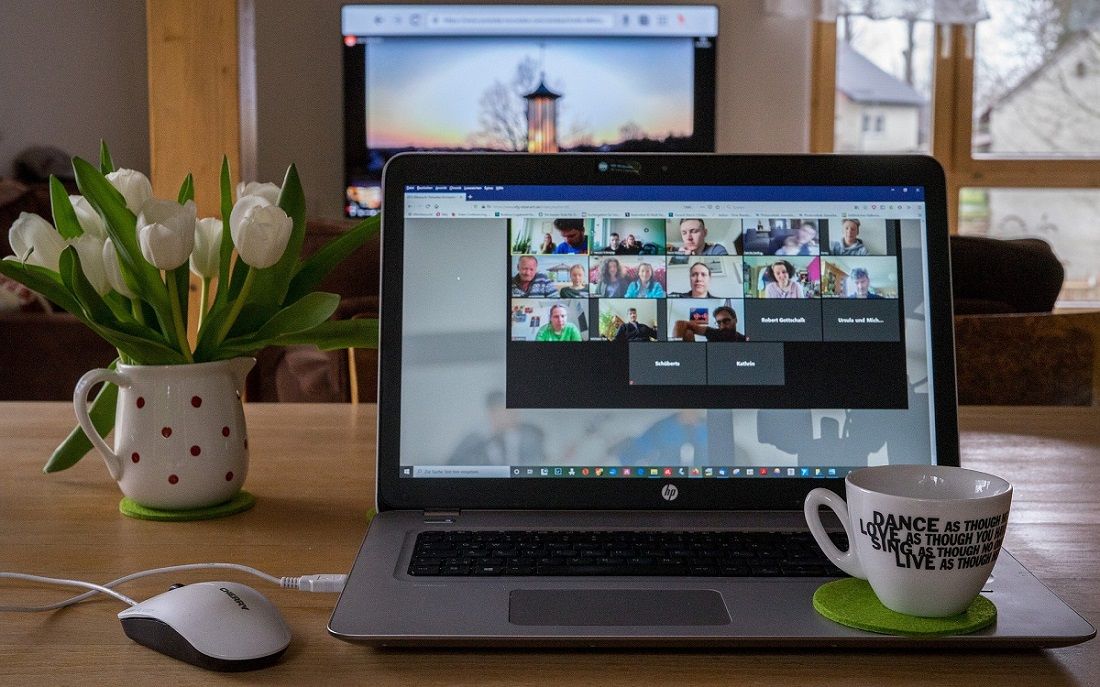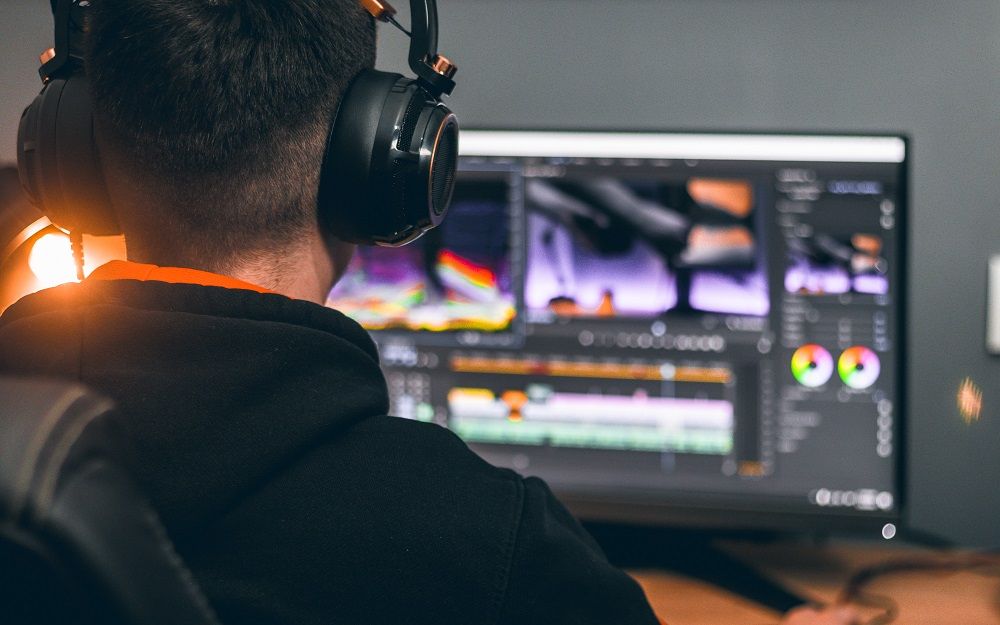Screen-recording software has made the lives of gamers, live-streamers, webinar creators and attendees, and others much easier. These screen-capturing tools make recording your screen a streamlined, simple process and give you a result you can choose to share or keep for yourself.
With an array of options online for such software, both free and paid, it's up to you to navigate which one would work best for you. There are a few key factors to consider when deciding which way to go and what to choose. Below is a guide to help you make that choice.
What Do You Plan to Use It for?
Before even starting to look for screen-recording options, make sure you can answer this question: What are your plans for it?
Gaming and sharing your footage with YouTube, Twitch, or another streaming service? Attending a conference you'd rather archive? Hosting a webinar or doing a class or business presentation?
What you plan to do with the tool matters more than you might think.

Different screen-recording tools prioritize different features: picture quality, sound, precision, and so on. If you're to make the best choice to fit your needs, ensure you have your priorities straight.
There is some give and take, especially when it comes to the free options available, so be sure to do your homework and make an informed choice. Evaluate your wants, needs, your willingness to compromise, and on what.
Here are the most important factors to consider when deciding on the best screen-recording software for you. Bear in mind that this is a question with wrong answers, so be on the lookout for the following.
1. User-Friendly Interface
Convenience is important. Is it easy to use? Was it made with the inexperienced user in mind or one expected to have prior knowledge? Does it take a little extra schooling or a lot more? Know what you're getting yourself into before you pick.
If you decide on a tool that you can't figure out how to use on your own, you'll regret it. You don't want to have to ask for help from someone more knowledgeable, be forced to take a course on it, or become a frequent user of the customer support platform.
2. Price

Is it premium or free screen-recording software? Is there a fine print? It's not uncommon for certain features to get hidden behind a paywall.
Some screen-recording software tools offer free trial periods but come with a catch. You only get limited features or have a length limit to your videos, or both. Everything else that you might have use of would cost extra.
Other such tools with free trials are much more clear-cut and offer limitless usage of every feature they have. When signing up for a free trial, make sure you're aware of all the conditions. Sometimes these tools don't limit the trial period with a specific time passing, but rather the number of videos you record. Make sure you know what you're signing up for beforehand.
3. Editing Functionalities

You need to ensure that the editing functionalities are up to your needs. It wouldn't be useful if you chose a screen-recording software that you later found was lacking when it came to editing. Or, worse, that it doesn't offer video editing at all. You'd be stuck with something that doesn't work for your needs.
Some screen-recording apps have specific editing tools or even an entire built-in editor, but don't assume it's a given for all of them.
Some apps offer reviews of the recording and allow edits, while others offer neither. It's better to have editing tools than not, as they can make your life easier (like trim, crop, and join). Do your research, so you don't get unpleasantly surprised.
4. Screen-Recording Options

As stated, there are countless tools on the market, and they all focus on different features. Some screen-recording software can record your whole screen while others focus on a specific area. There are tools that do both and let you choose how you want to capture the screen, but others only do one.
Find out how the software records before you commit to it.
Another important feature to note for screen-recording is the audio. Can the tool even do audio? Does it record from your microphone or does it do system audio recording? Maybe it can do both simultaneously? You don't want to decide on software and then get disappointed when you realize it can't record sound.
Once you uncover how it records the screen and audio, focus on another key feature: Can it superimpose a webcam feed over the screen capture? That's especially important if you want to record commentary over your screen and want to add a face to the voice.
The quality of the recording is also key. You don't want to be stuck with a grainy mess, so check out whether the software provides high-definition captures or makes no such promise.
Does it add a watermark to your recording? Or does it place limits on the time you can spend recording? Don't overlook the importance of verifying the software's exact screen-recording capabilities. Do your due diligence.
5. Sharing

Unless you record for your eyes only and don't plan to share the video, sharing is a crucial factor when choosing a screen-recording tool.
Once the recording is done, you can usually save it as a GIF, MP4, or a slew of other video file formats. You can then upload to a platform like YouTube, Google Drive, or Dropbox. You can also upload your screen recording to the cloud in real-time and get a sharing link for it.
Different tools offer different options. Find the one that would work for you, so you don't end up with a recording you wanted to share but can't.
6. Reviews
This one's pretty self-explanatory. It's best to check out how others who've already worked with the software feel about it. Is the consensus that it's worth it or is it lacking? Are there any major grievances, and what are they? You can save yourself a lot of time, energy, and potentially money if you do a bit of a deep-dive in product reviews beforehand.
Yes, some reviews may be exaggerations, but it's still better to read up on people's opinions of a product than leave everything to chance.
7. Customer Support

This might not seem as important as editing functionalities, for example, but don't underestimate it. If you find yourself in a bind, it'd be best if you could reach out to customer support and receive expert advice.
The alternative would be spending time browsing the web, forums, and YouTube for help. But how do you even know you can trust that advice or even be able to find what you need?
If the software is new or not as well known yet, it's more than likely that you wouldn't find help online from fellow users. That's where customer support would be essential, and not every tool available provides it. Ensure that the one you choose does offer it.
Choose Wisely Today to Avoid Regrets Tomorrow
There's a ton of options out there for screen-recording software. To find the one that's right for you, first figure out what you want. That narrows down your selection, and once you know what you're looking for, you can examine what the screen-recording software tools you're looking at offer.
Don't underestimate the power of due diligence. It can help you avoid a ton of headaches in the future.